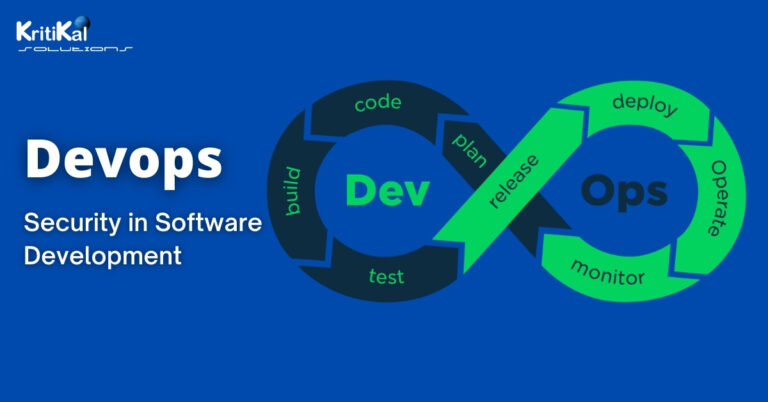Imagine fleets of firefighting drones sent into forest fires to cut down trees and navigate water delivery to stop fire outbreaks. Think about a piece of software that lets you try-on cosmetics using your cell phones. An application that gives you a chance to perceive how new furniture may look in your living room. An intelligent product that transforms the desired picture of your home into a completely estimated 3D model. To top that off, think of a Vehicle, that, well… Drives itself. The Embedded Cameras & SONAR Technology not only prevent the vehicle from going off track, but let it perceive what’s in front of it, and recognize Traffic Signs & Signals too.
All these extraordinary Computer Vision examples are rapidly clutching a huge chunk of the booming AI (Artificial Intelligence) Market and evolving as a harbinger for era-defining innovations in the near future. Computer Vision is a branch of AI technology that has magically permeated in all walks of our lives. Whether it is social media platforms or consumer offerings, law enforcement or industrial production, this technology is spreading fiercely to roll out a big disruption in the computing world, the way “Mobile” did a decade ago. In addition, AI provides an edge to developers & technophiles to build amazing innovative products.
Let’s understand what Computer Vision is, exactly
Computer Vision is the discipline of teaching how computers see and understand digital images/videos. It encompasses all the tasks performed by biological vision systems, including seeing or sensing a visual stimulus, understanding and extracting complex information into a coherent form. This interdisciplinary field simulates and automates tasks that the human vision system can do using sensors, computers, and machine learning algorithms.
Here is a quick rundown of the components involved in a standard vision system:
- Camera
- Lighting devices
- Lens
- Frame grabber
- Image processing software
- Machine learning algorithms for pattern recognition
- Display screen
- Robotic arm to follow an instruction obtained from image interpretation
The Global Computer Vision technologies market is expected to reach USD 19.37 Billion by 2025, from USD 10.70 Billion in 2017, growing at a CAGR of 7.70% during the forecast period of 2018 to 2025. -Data Bridge Market Research
Some typical computer vision techniques are discussed below:
1. Image Restoration: It involves the removal of noise and blurriness from photos using Machine Learning based filters.
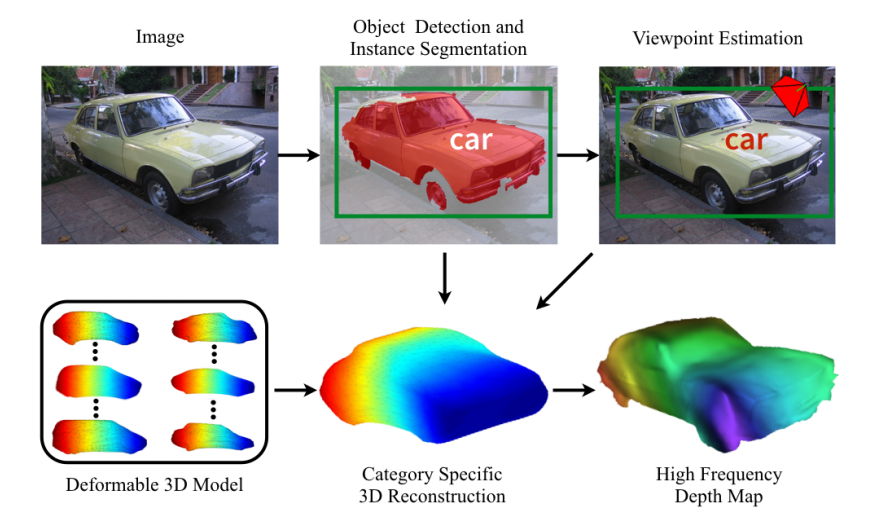
Source: Google search
2. Scene Reconstruction: It creates a 3D model of a scene, submitted through images or video.

Source: Google search
3. Image Segmentation: It involves partitioning of an image into a set of regions. Image Segmentation can be further classified into two parts.
- Semantic Segmentation aims at grouping pixels in a semantically or in a “meaningful” way.
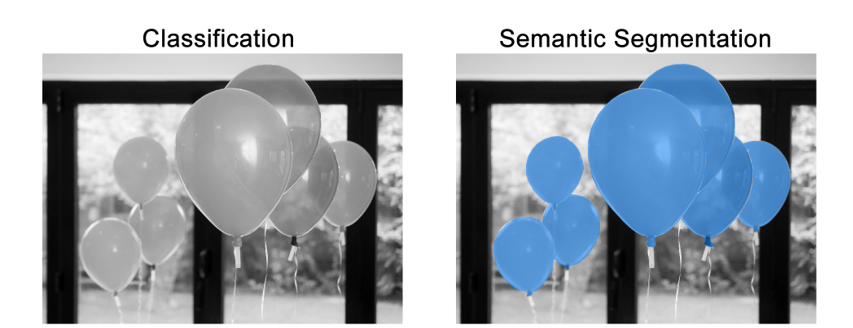
Source: Google Search Results
- Instance Segmentation is the process of detecting and delineating each distinct object of interest appearing in the image.
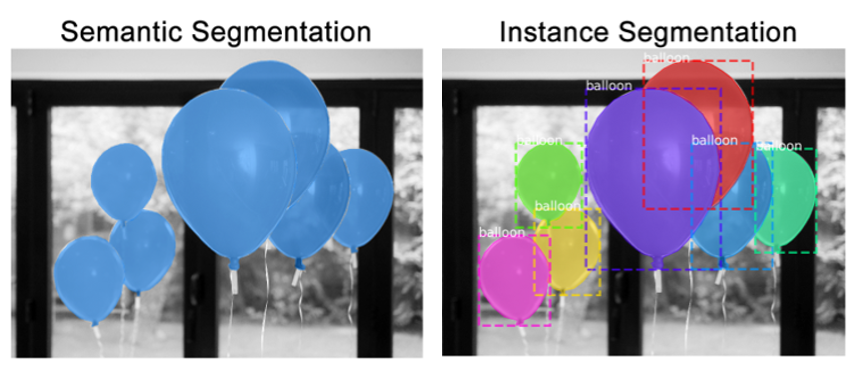
Source: Google Search
4. Object Detection– This gives the location of the specified object (either by bounding box or pixel-wise map)
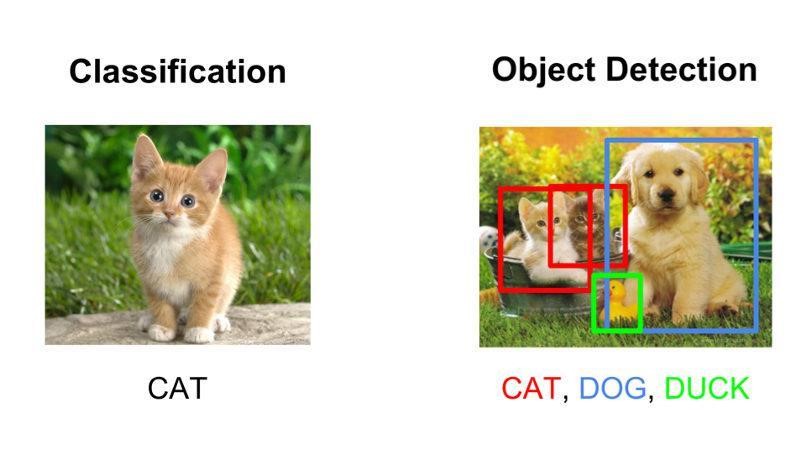
Source: Openframeworks
Object Classification – The training of a model on a dataset of specific objects. This model then classifies new objects as belonging to one or more of the training categories.
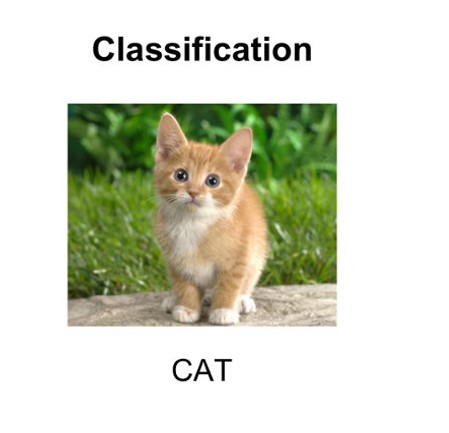
Source: Openframeworks
Video Motion Analysis: This leverages Computer Vision to estimate the velocity of objects in a video, or the camera itself.
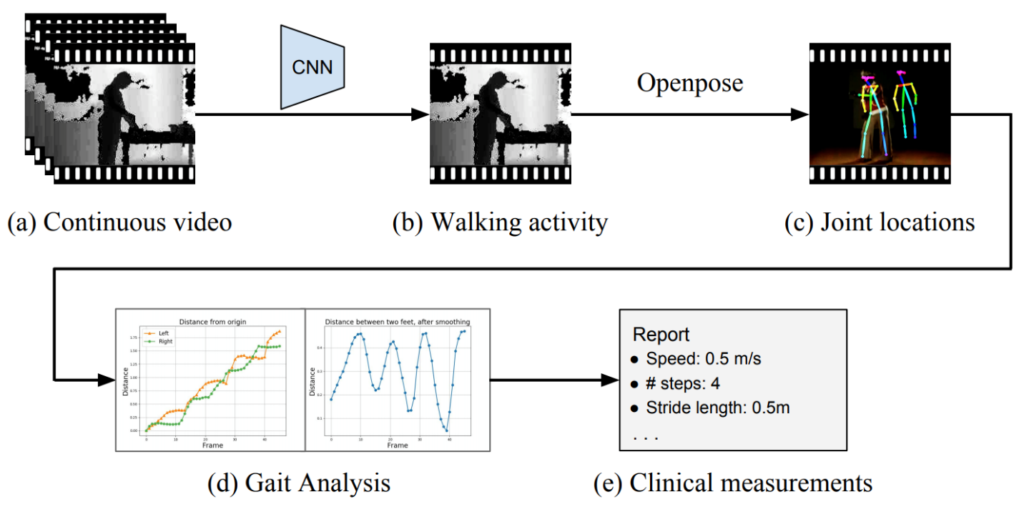
Source: Google search
One typical application of Computer Vision is handwriting recognition for digitization purposes. Read on our previous blog to know how Intelligent Character Recognition processes handwritten forms and documents with a layer of advanced intelligence in the form of AI & Neural Networks.
Based on Forrester’s Analysis, Computer Vision falls under top AI Technologies responsible for solving a wide array of business problems.
Summing Up:
Vision-based systems and applications backed by Computer Vision can today perform a variety of tasks- right from recognizing the text samples to synthesizing information, designing sports strategy to scheduling appointments that not long ago were assumed to require the human mind. All the recent advances in Machine Learning, Artificial Intelligence & Deep Learning along with a leap forward in computing capacity (data storage, GPU, high-quality input devices), have driven major improvements in how software products can perform well and address real-world problems by exploring this kind of content.
As humans and machines continue to make a tryst with unbridled advancements in the technology space, the human workforce will be unfettered to focus on mission-critical business tasks because the machines will own the automation tasks that rely on computer vision.
We hope you have got some more insight as to what Computer Vision is and how it works & gets applied in different spheres.


